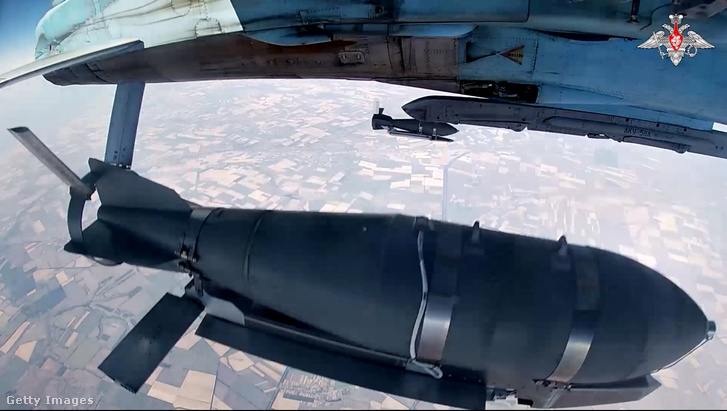Russia has begun using long-range glide bombs, also known as KABs, to attack residential areas behind the front line.
Last week, Moscow first attacked Mykolaiv, Poltava and the town of Lozova in Kharkiv Oblast with these weapons. Lozova, located 150 kilometers from the front line, was hit on October 18 by an UMPB-5R bomb that hit a residential area, injuring five civilians and destroying several homes. On October 24, Odessa was reportedly hit for the first time by KABs.
Ukrainians say the strikes mark a worrying turn of events: Russia is now using a new type of long-range weapon that can reach cities deep in Ukraine's hinterland and push back the boundaries of what were previously considered"safer" zones for civilians and infrastructure.
The spate of drone attacks over the past few months, and the list of targets we are discussing, suggest a concerted effort to weaken Ukraine's resolve and support for the war by targeting civilians and urban centers
– Wes Rumbaugh, an associate at the Center for Strategic and International Studies (CSIS), told the Ukrainian newspaper.
“The unanswered questions are: Are these replacing something else that would have been used to carry out the same strikes? Are they using glide bombs as propulsion because there aren’t enough cruise missiles? Is it drone production? There are a lot of uncertainties,” Rumbaugh continued.
What is KAB?
KABs (Korrektiruyemaya Aviabomba) are Russian guided aerial bombs equipped with wings and precision guidance systems, such as GPS, laser or infrared targeting.
Unlike traditional, free-falling bombs, KABs can glide for tens of kilometers before impact, allowing aircraft to drop them from a safe distance. The size of the warheads varies depending on the type, ranging from approximately 300 kilograms to 1.5 tons, which is enough to destroy multi-story buildings.
At the start of the full-scale invasion, Russia relied on its vast arsenal of Soviet-era FAB-250, FAB-500 and FAB-1500 bombs. However, these had to be dropped directly over the target, which meant the planes came dangerously close to Ukrainian air defenses.

“The question was how to make them fly further and change direction in flight. The answer was a crude but effective solution – the Unified Gliding and Correction Module (UMPK) – which provided both lift and limited controllability,” said Konstantin Krivolap, an aviation expert and former test engineer at the Antonov design bureau, to The Kyiv Independent.

